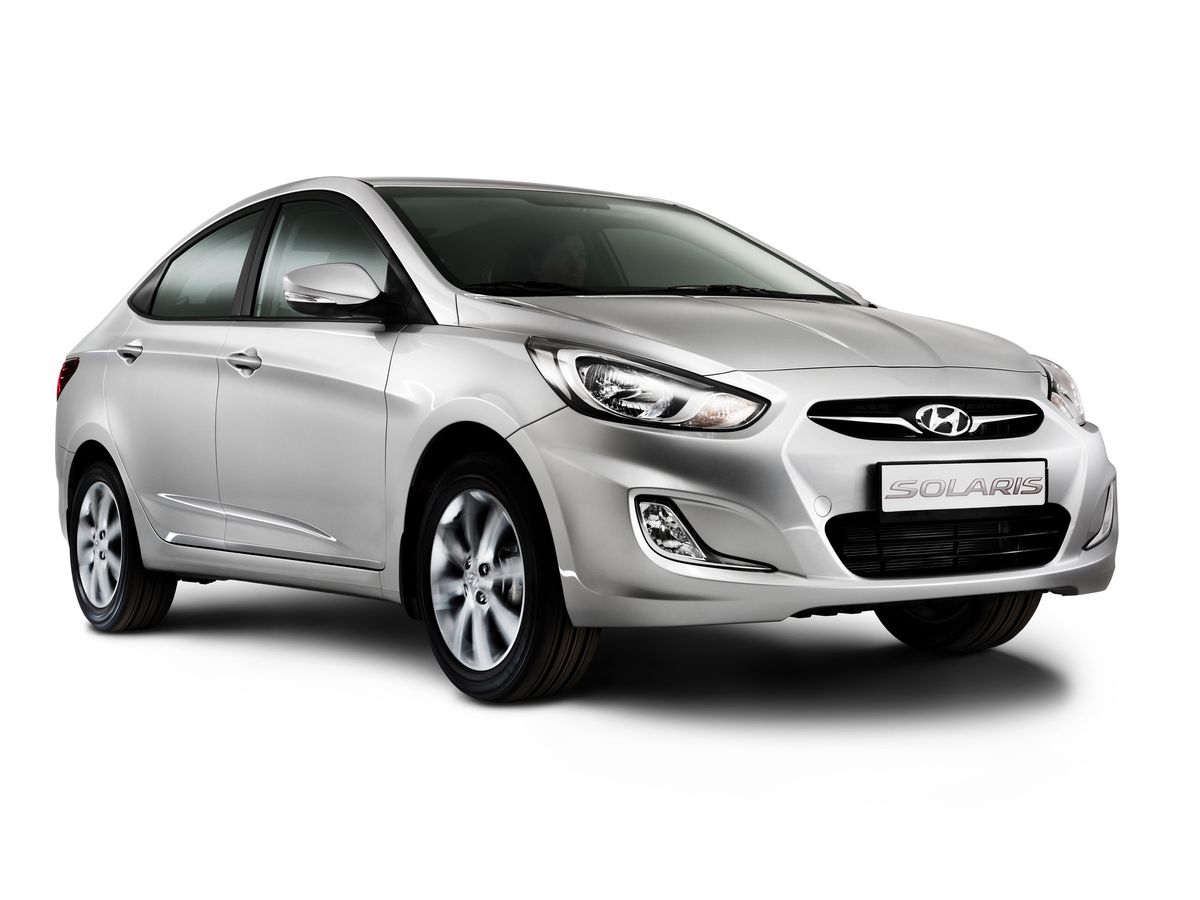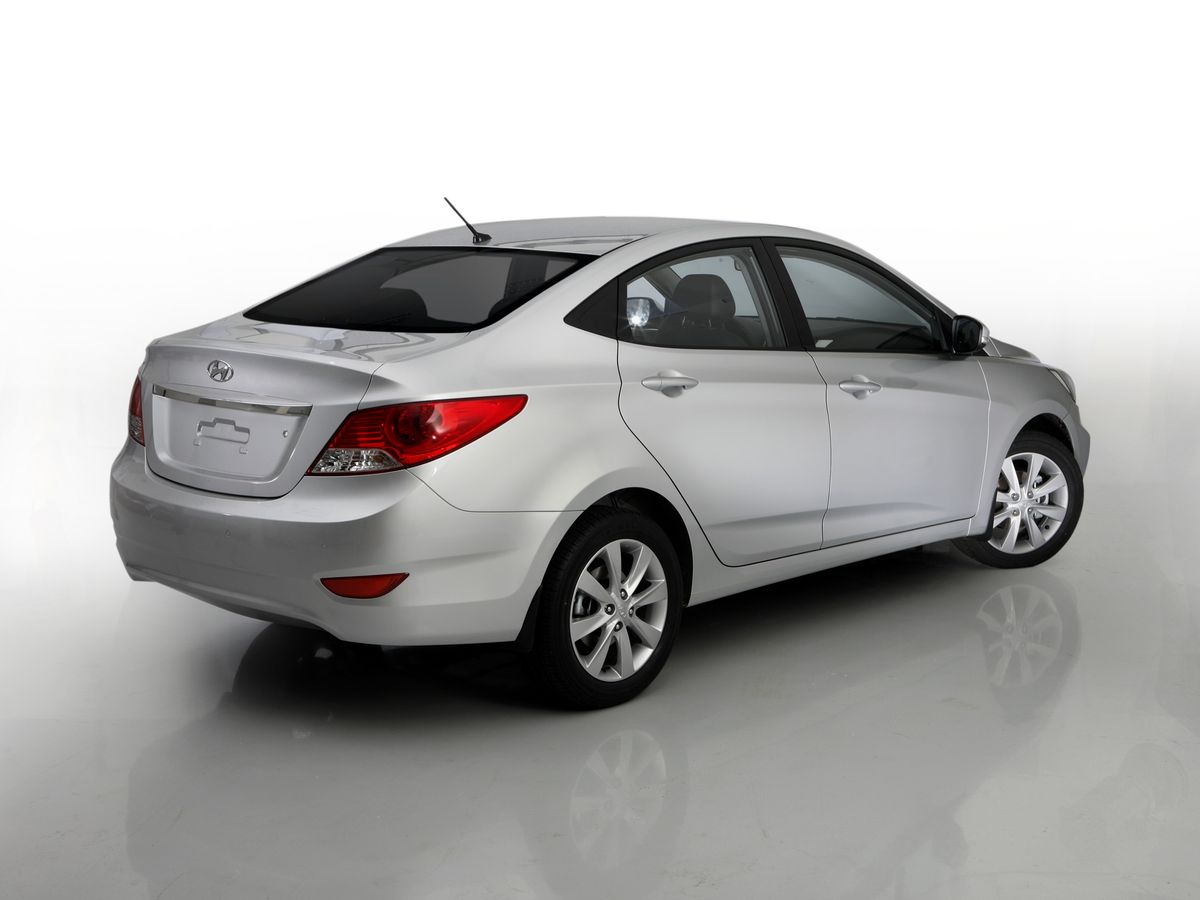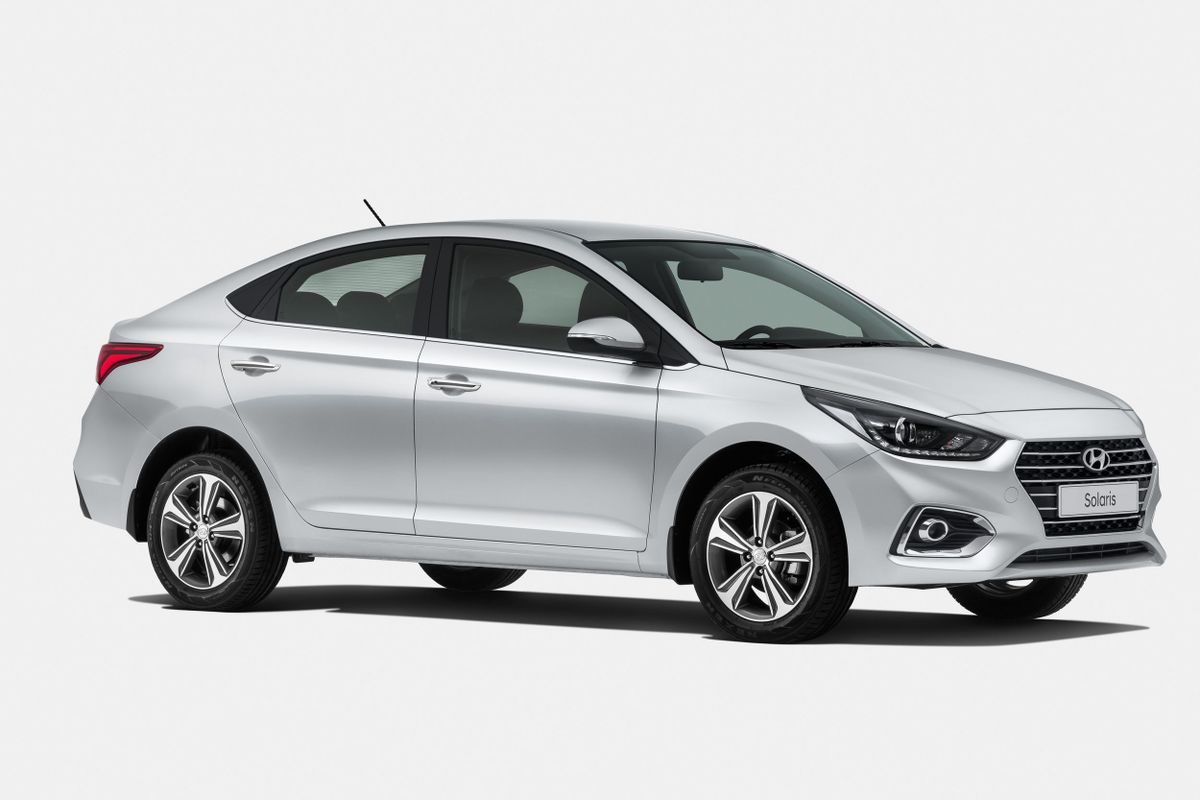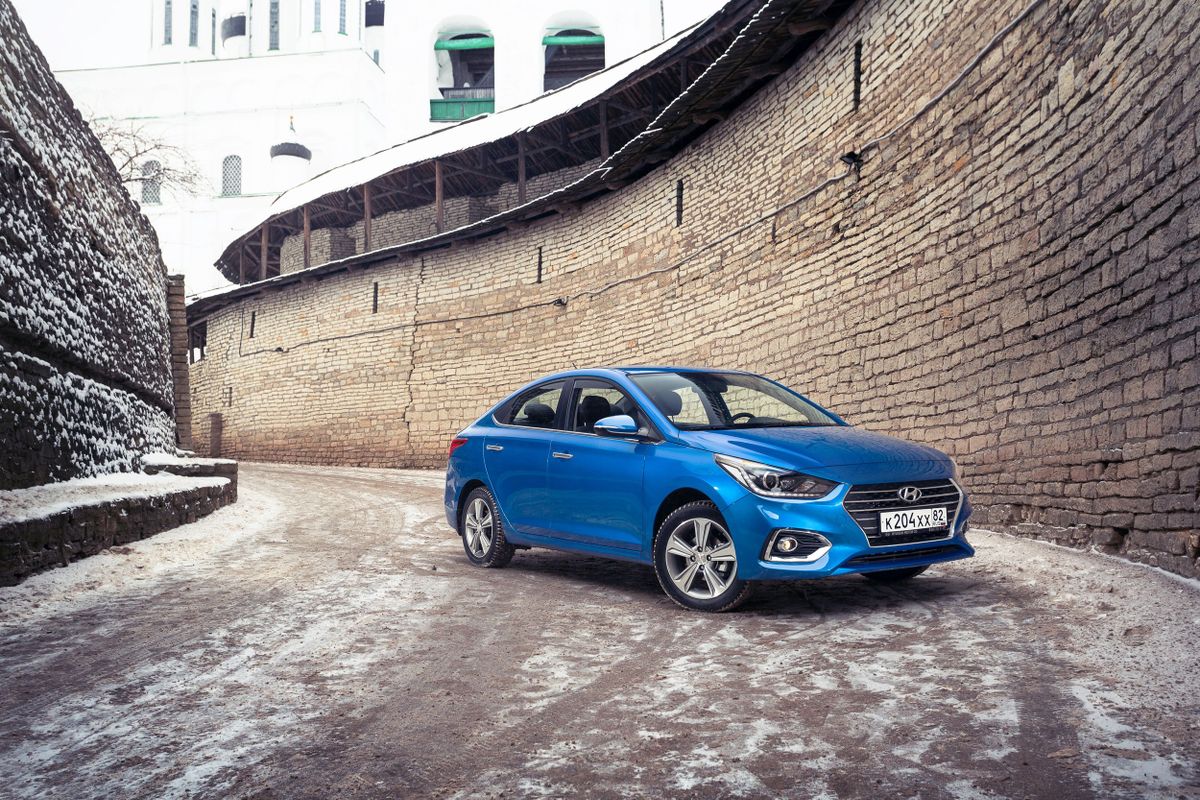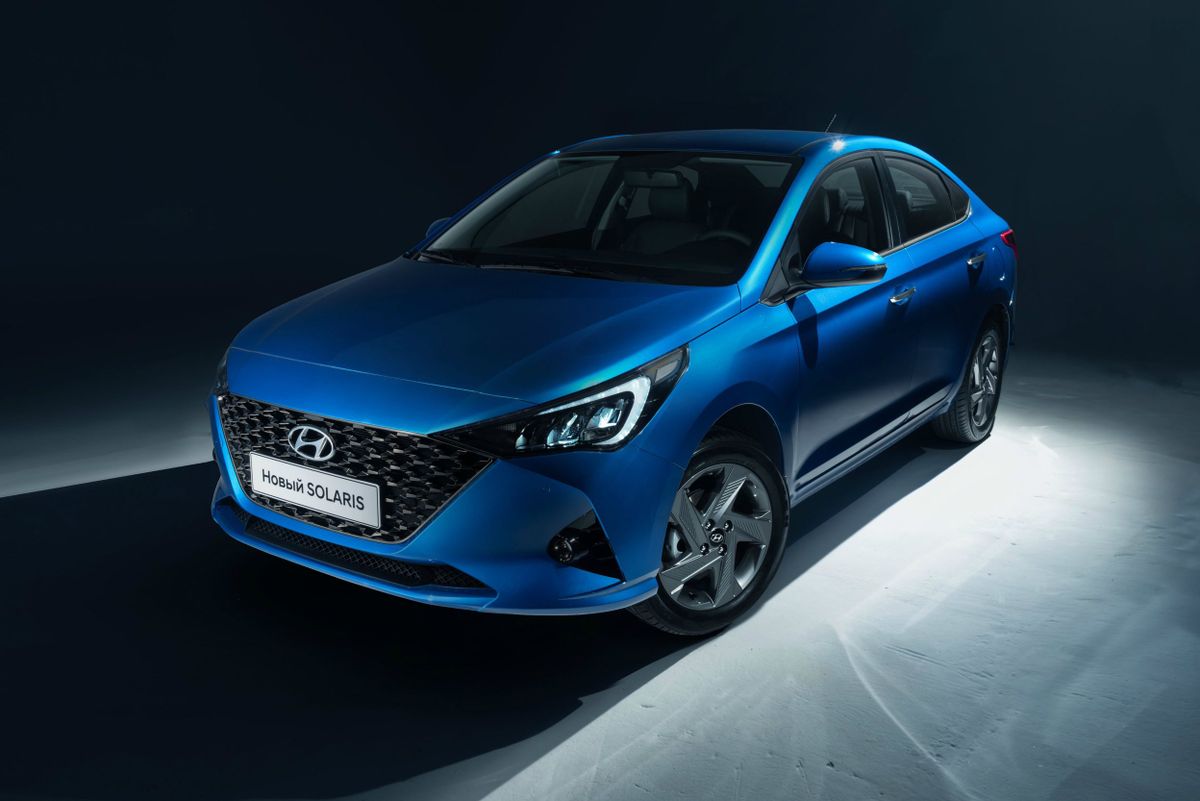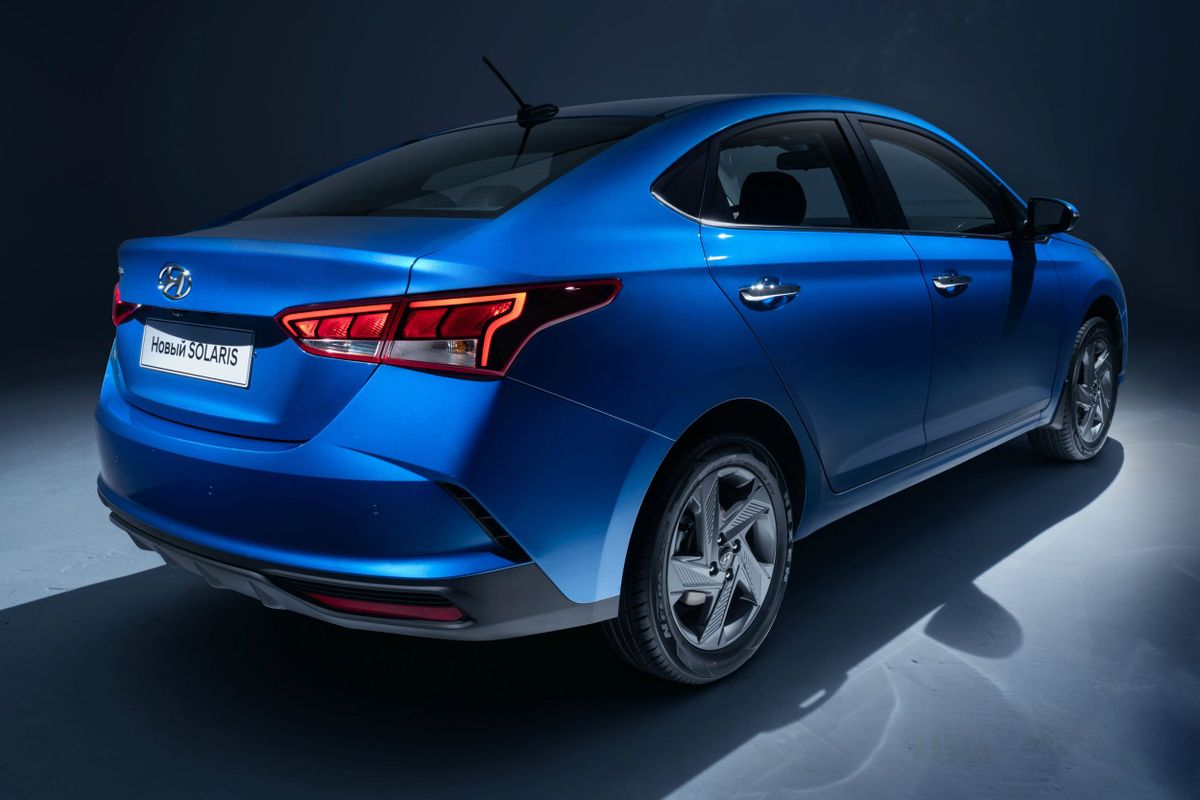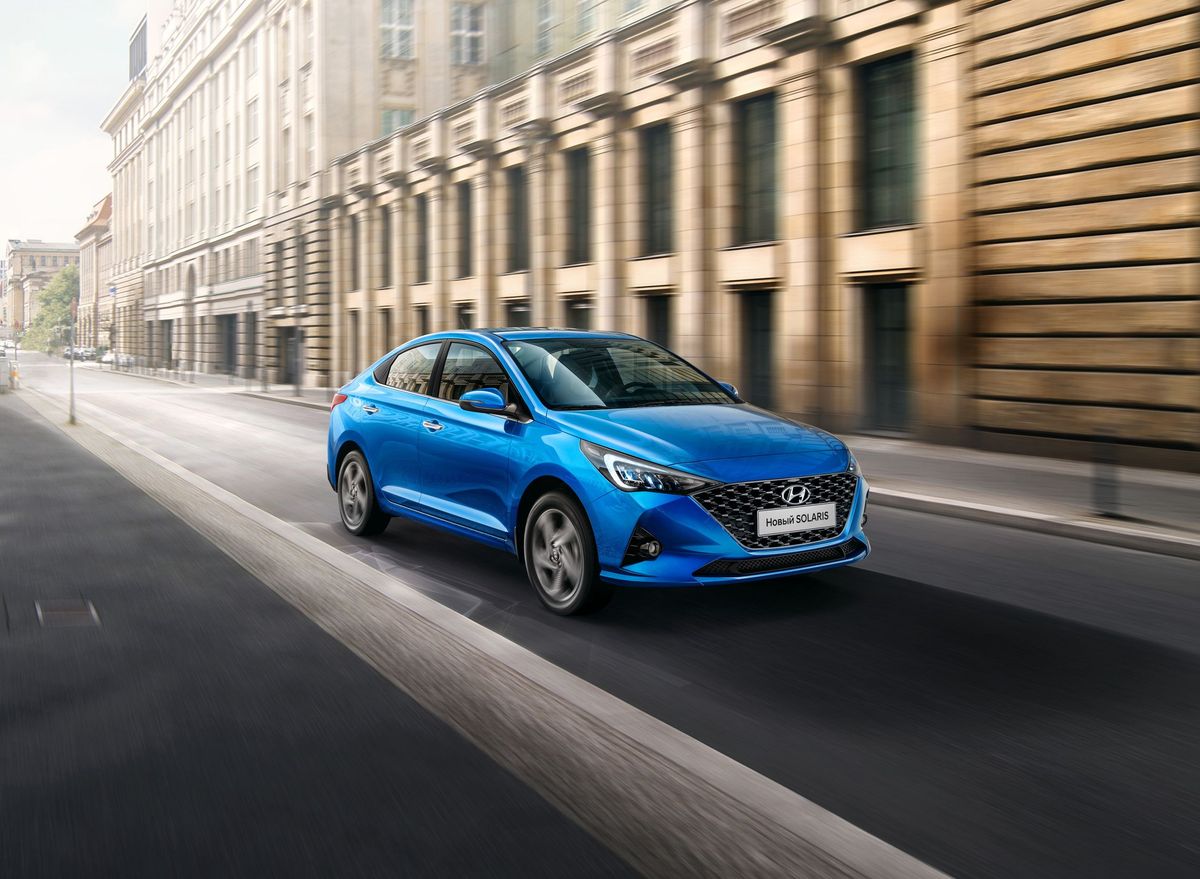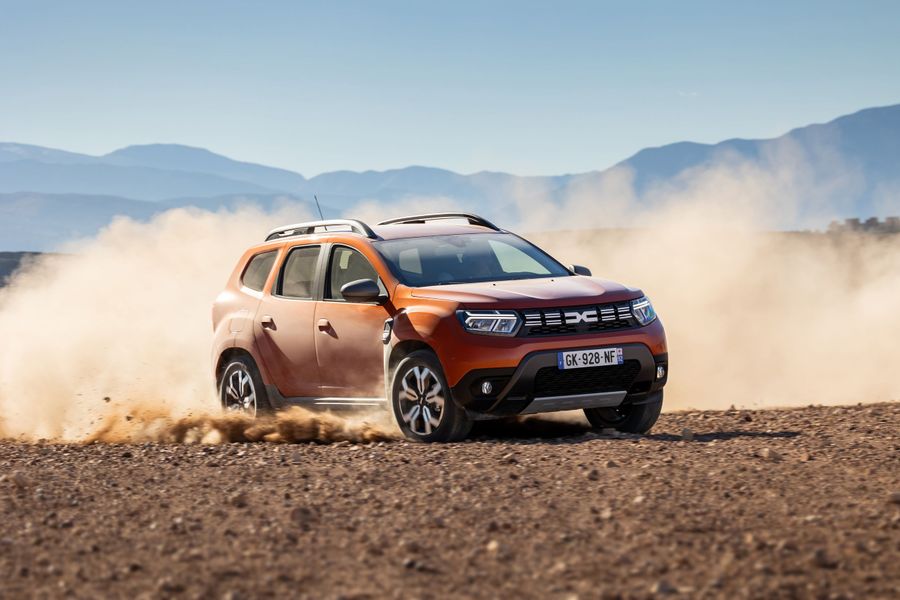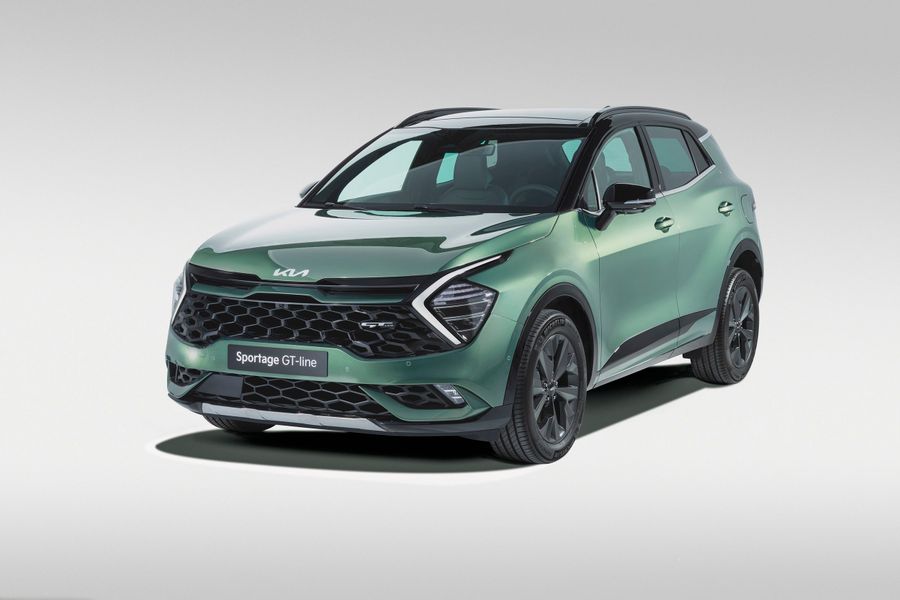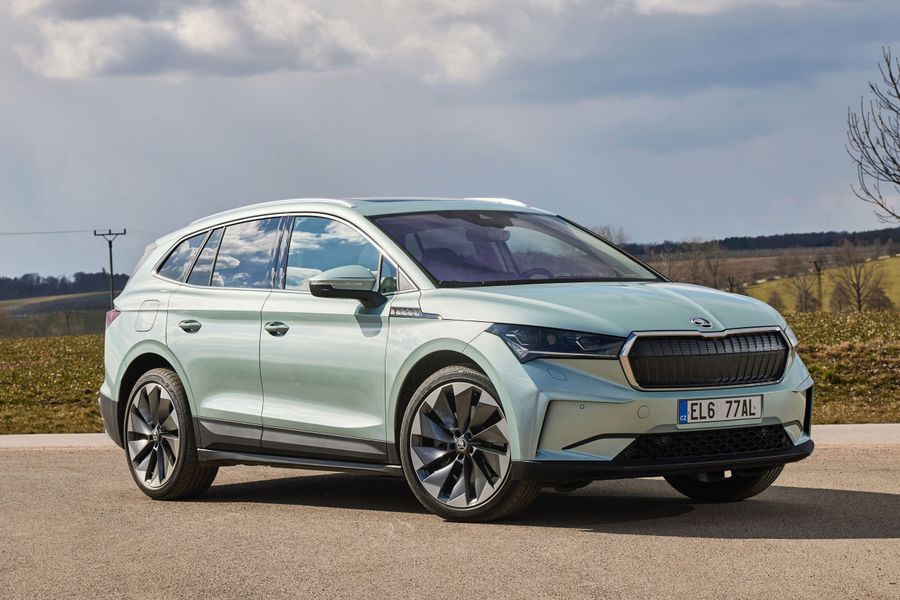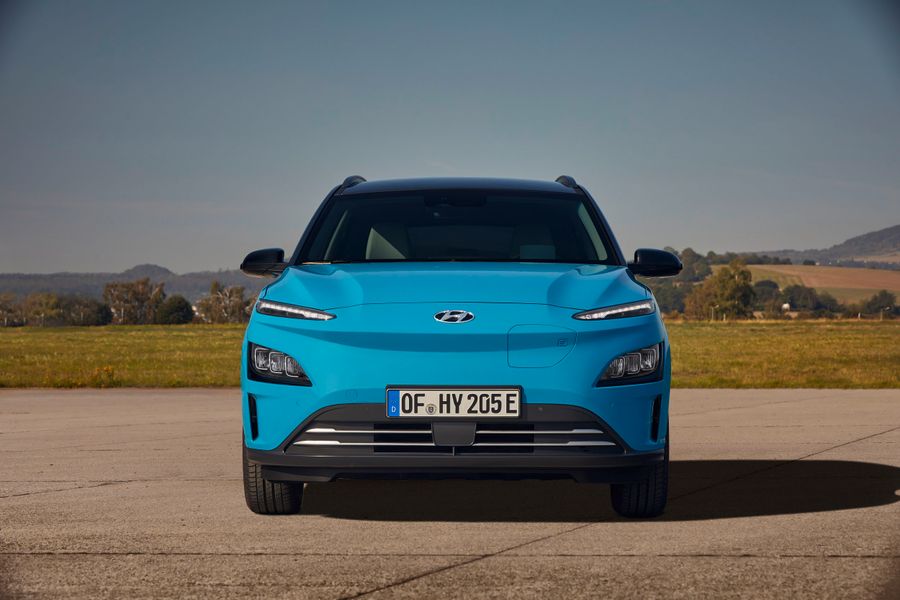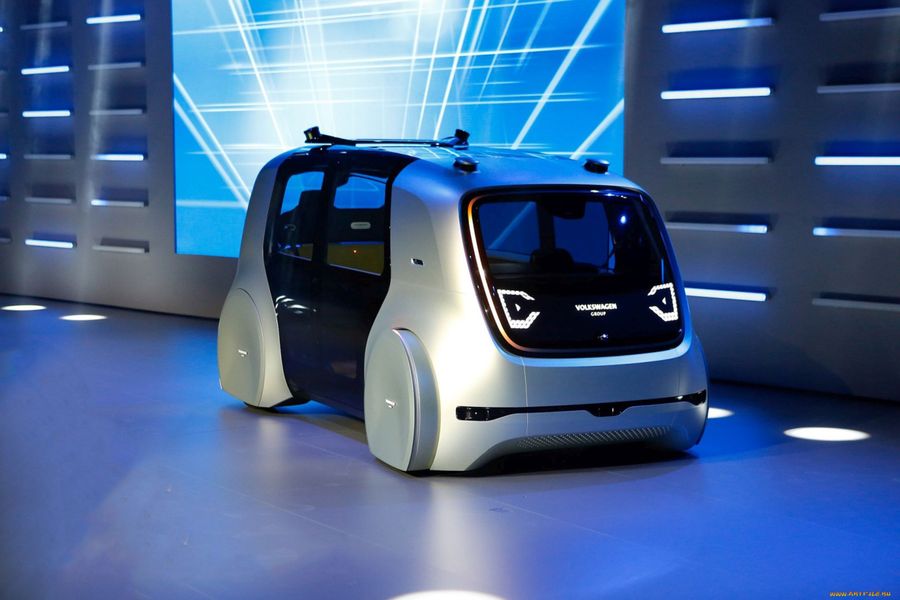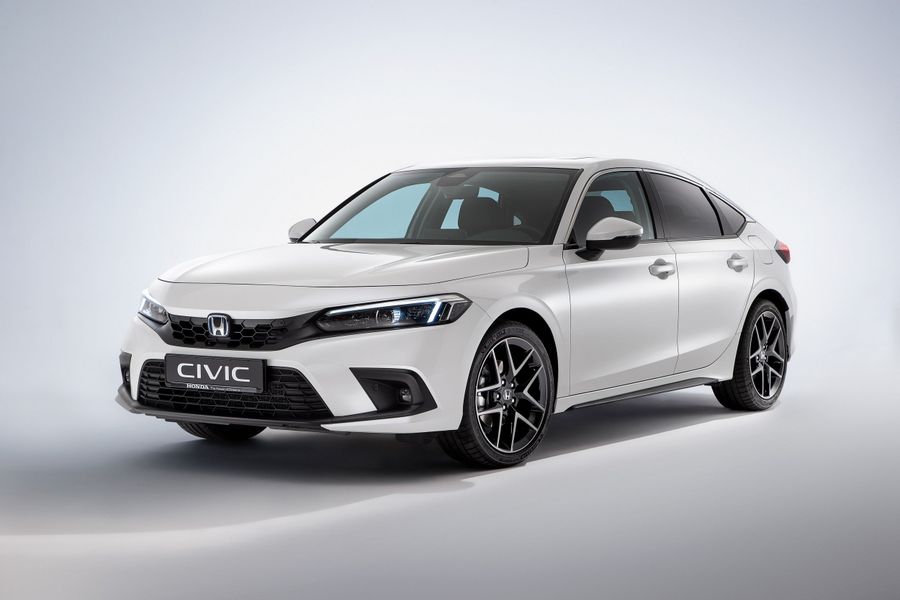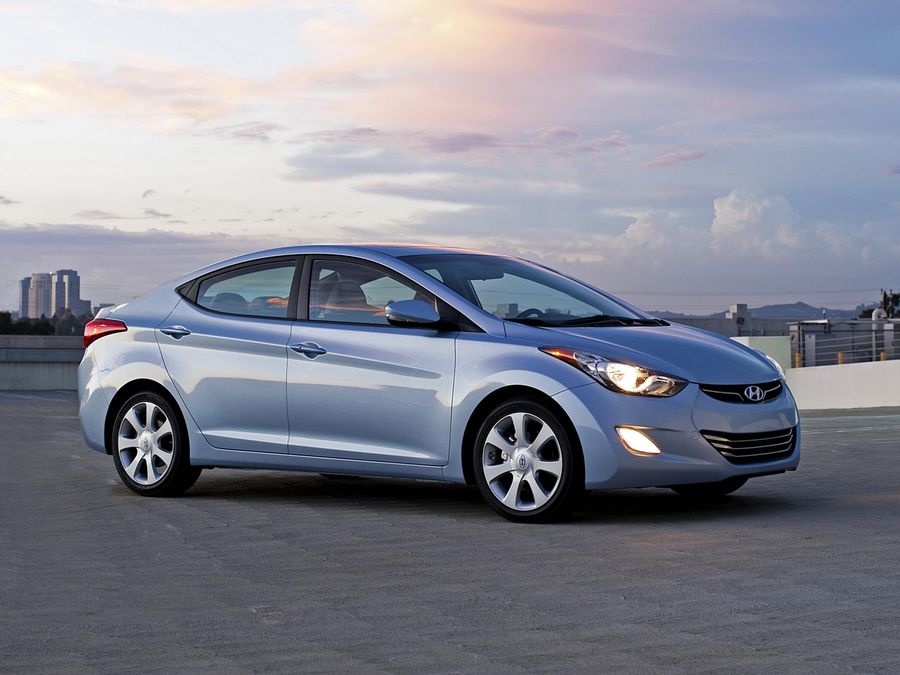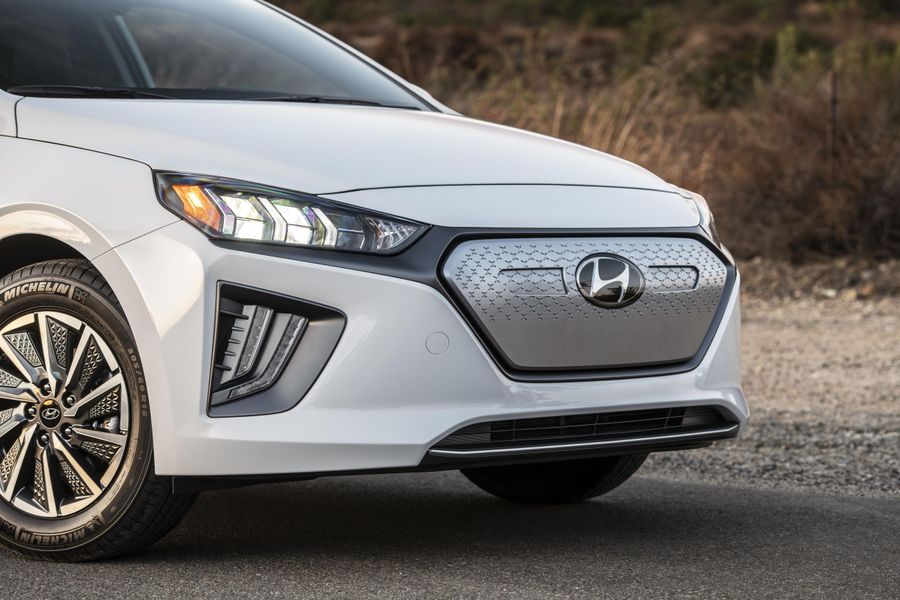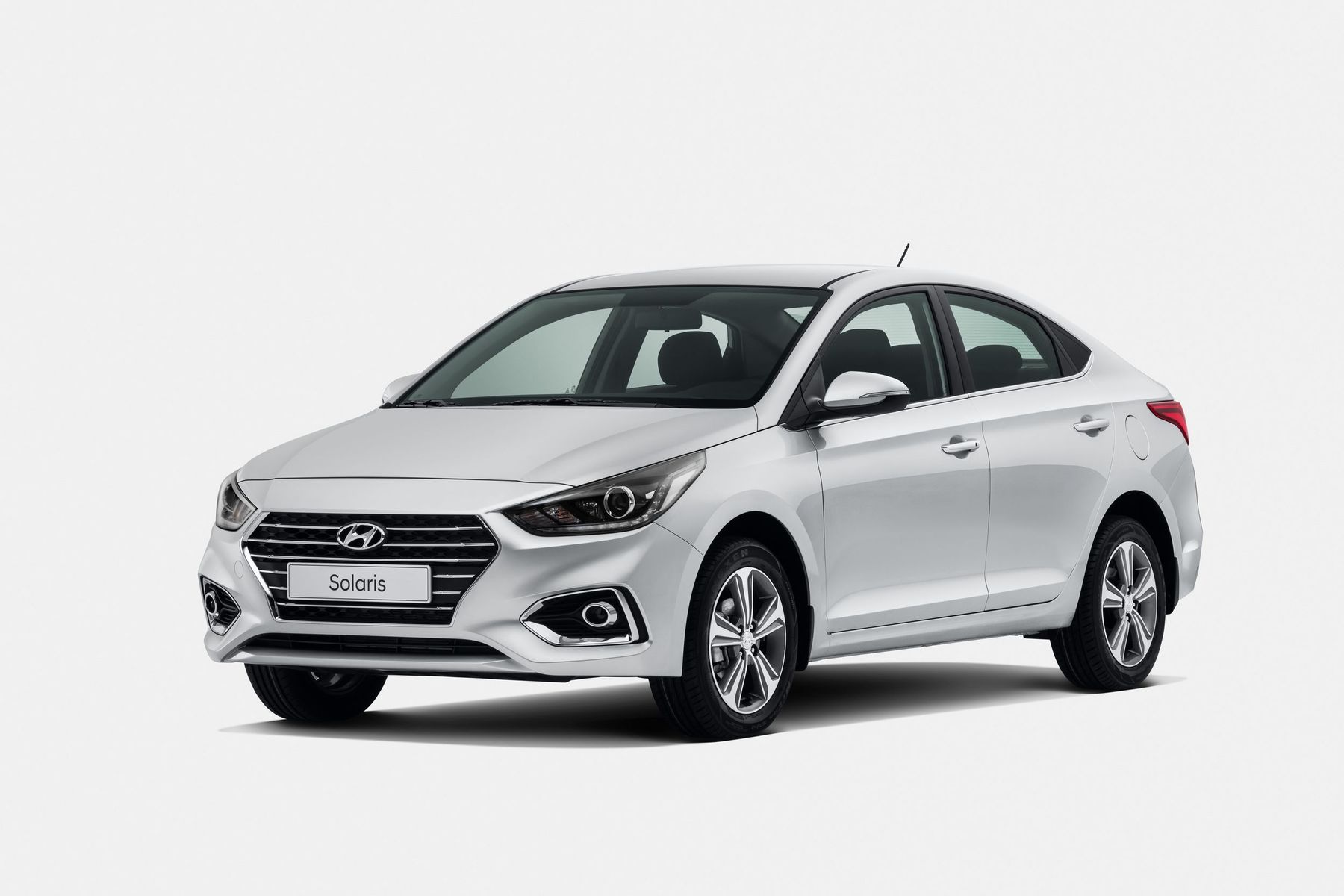
Hyundai Solaris. Affordable ‘Sun’
The Hyundai Solaris is a B-segment passenger car, which has been produced since 2010 as a 5-door hatchback and a sedan. It is designed for the Russian market and manufactured at the Hyundai plant near St. Petersburg. In the world market, it is known as the Hyundai Accent.
As we know, manufacturers like to give one of their models different names for the markets of different countries. Sometimes this is due to the similarity of the name with some dissonant or even offensive words in certain languages, and sometimes it is dictated by unknown motives. Perhaps, when the Koreans decided to rename their Hyundai Accent as the Hyundai Solaris for the Russian, they wanted to pay tribute to the work of science fiction writers Strugatsky and the genius director Tarkovsky. Or maybe they simply wanted to use the life-giving energy of the Sun and its shining image. However, you can’t impress the Russians by simple marketing: the people immediately nicknamed the compact car “Solyarka” (a word-play in Russian, which literally means “solar oil”). At the same time, the Hyundai Solaris is one of the most popular “foreign cars” in the Russian market. For example, more than 5 thousand cars were sold even before the start of official sales. Moreover, the Russians chose a new car “blindly”, as there were not even showpieces in the showrooms.
Israeli buyers can purchase the 5th generation Hyundai Accent after the restyling in 2020 as the Inspire version. There are two engines to choose from: a base 1.4-liter engine that develops 100 hp, and a more powerful 1.6-liter combined fuel injection engine with 123 hp.
The first generation
The same car is known in China as the Hyundai Verna. In May 2010, the Koreans announced their intention to create a ‘Russified’ version of the car and soon presented it at the Moscow International Auto Show. The mass production began six months later, and the first cars appeared at dealerships in early February 2011. The newcomer had to compete with the Volkswagen Polo, Renault Logan and Renault Sandero (Dacia in Israel). For the sake of promoting the ‘people’s car’, Hyundai has removed its Getz and i20 compact cars from the Russian market.
The Solaris was first released in a sedan body, followed by a hatchback. The first generation cars were equipped with 4-cylinder 16-valve Gamma engines with a volume of 1.4 liters (107 hp at 6,300 rpm and a torque of 135 Nm at 5,000 min) and 1.6 liters (123 hp at 6,300 min and a torque of 155 Nm at 4,200 min). The second, more powerful version was in great demand.
The Hyundai Solaris is one of the most popular ‘foreign cars’ in the Russian market. For example, more than 5 thousand cars were sold even before the start of official sales. Moreover, the Russians chose a new car ‘blindly’, as there were not even showpieces in the showrooms.
The car was equipped with 5-speed manual and 4-speed automatic transmissions. Automatic transmissions were developed by Mitsubishi Motors back in hoary antiquity, which reflected in their work not in the most pleasant way, and the manual transmission often did not withstand the power of the 1.6 liter engine and broke down. Another serious drawback of the car was its rear suspension. The car featured an ordinary MacPherson strut suspension at the front, but also had a semi-dependent suspension at the rear, traditional for this class. Due to the lack of rigidity of the rear shock absorbers and springs, the rear of the car swayed on bad roads (which are quite frequent for Russia), and at speeds over 120 km/h, especially when hitting a bump on the road, the rear axle of the car lost stability. The manufacturer overestimated the discipline of Russian drivers! Due to the dangerous instability of the car on the road, Hyundai upgraded the rear suspension three times, improving its behavior. Another drawback was the clearance: according to measurements from the Autoreview magazine, it was 152 mm for an empty car, and 122 mm with for a loaded car.
The car was offered in five trim levels, and the entry-level version was improperly ‘naked’, as it even didn't have the ABS. However, it was still possible to choose something from five options of equipment and prices. However, in general, the first generation Hyundai Solaris received positive reviews and sold well. In 2014, the car was restyled, acquiring the redesigned exterior design, interior, revised trim levels and their composition. The car came with 6-speed automatic transmissions and manual transmissions, which were more advanced, but also more maintenance heavy.
The second generation
Development of the second generation Solaris began in 2014. And the manufacturer gave full attention to this car. Thus, the car prototype passed life tests throughout 2015, driving 1 million km along the roads of all climatic zones of Russia from Murmansk to Sochi. The newcomer went into serial production at the beginning of February 2017 in the sedan body.
The new Hyundai Solaris was equipped with new engines, such as Kappa series engines with a volume of 1.4 liters and a capacity of 100 hp and an upgraded 6-speed gearbox. The upgraded 1.6-liter engine had the same output of 123 hp.
The handling and suspension of the second generation Solaris were highly praised by automotive journalists and users who described the car as stable, responsive and swift. The car was offered in four trim levels, and the base was already pretty decent.
2020 restyling
The restyled Solaris was presented at the Hyundai plant near St. Petersburg. The company that manufactures the Solaris, Creta and Kia Rio has just released its two millionth cars, with 930 thousand million cars accounting for the Solaris. Externally, the 2020/2021 Hyundai Solaris is distinguished by LED headlights, other bumpers and a new mesh grille. The rear lights have new content. Wheels of a new design have appeared.
Inside, the car features a media system with a screen that has grown to 8 inches compatible with Apple CarPlay and Android Auto, as well as a navigator from Yandex with a voice assistant Alice. The basic equipment is the same, including two airbags, ESP, front power windows, audio preparation, and the height adjustable driver’s seat. And as is customary in Russia, the rich have become even “wider”. Thus, the top-end versions are equipped with electric mirrors, remote engine start and electric lumbar support. The back row has a separate USB connector for charging gadgets: it is located at the end of the central box between the front seats. The powertrains are the same.


